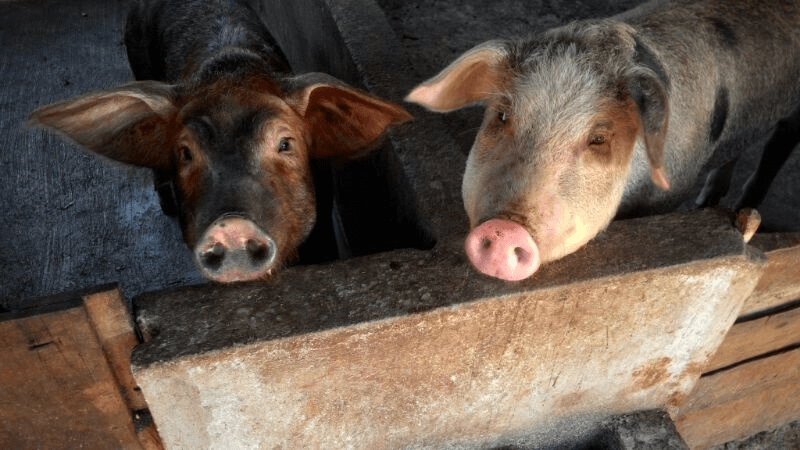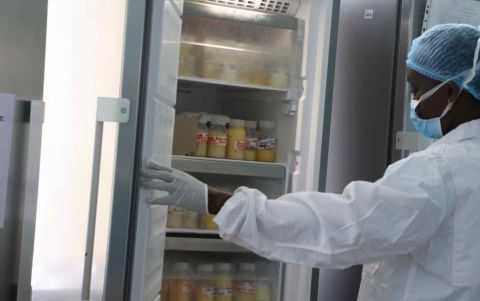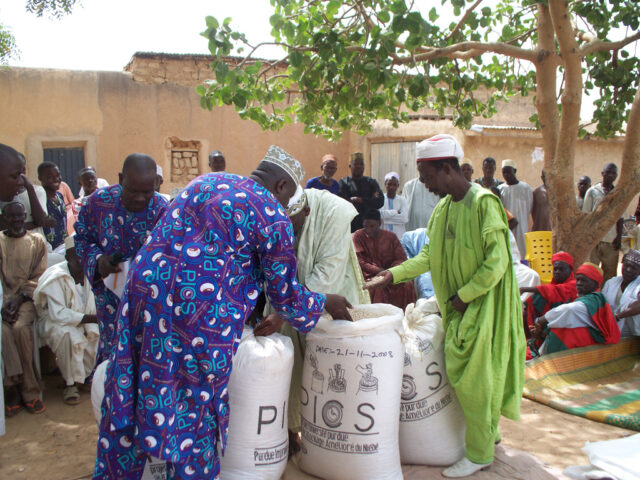
Since 2017, the International Livestock Research Institute-led project Market-based approaches to improving the safety of pork in Vietnam (SafePORK project) has been developing and evaluating market-based ways of improving the safety of pork to reduce the burden of foodborne diseases in the country. The project focuses on informal, emerging and niche markets targeting small- and medium-scale pork value chains.
As the project comes to a close this year, the team takes stock of what it has achieved in terms of meaningful improvements in food safety practices that have led to increased income for smallholder pig farmers. Among the project’s significant achievements are impacts at national scale, improved market linkages and food safety for indigenous Ban pork and strengthened risk communication along pork value chains in Vietnam.
Photo credit: Local pigs in Tay Nguyen, Vietnam (ILRI/Fred Unger)



